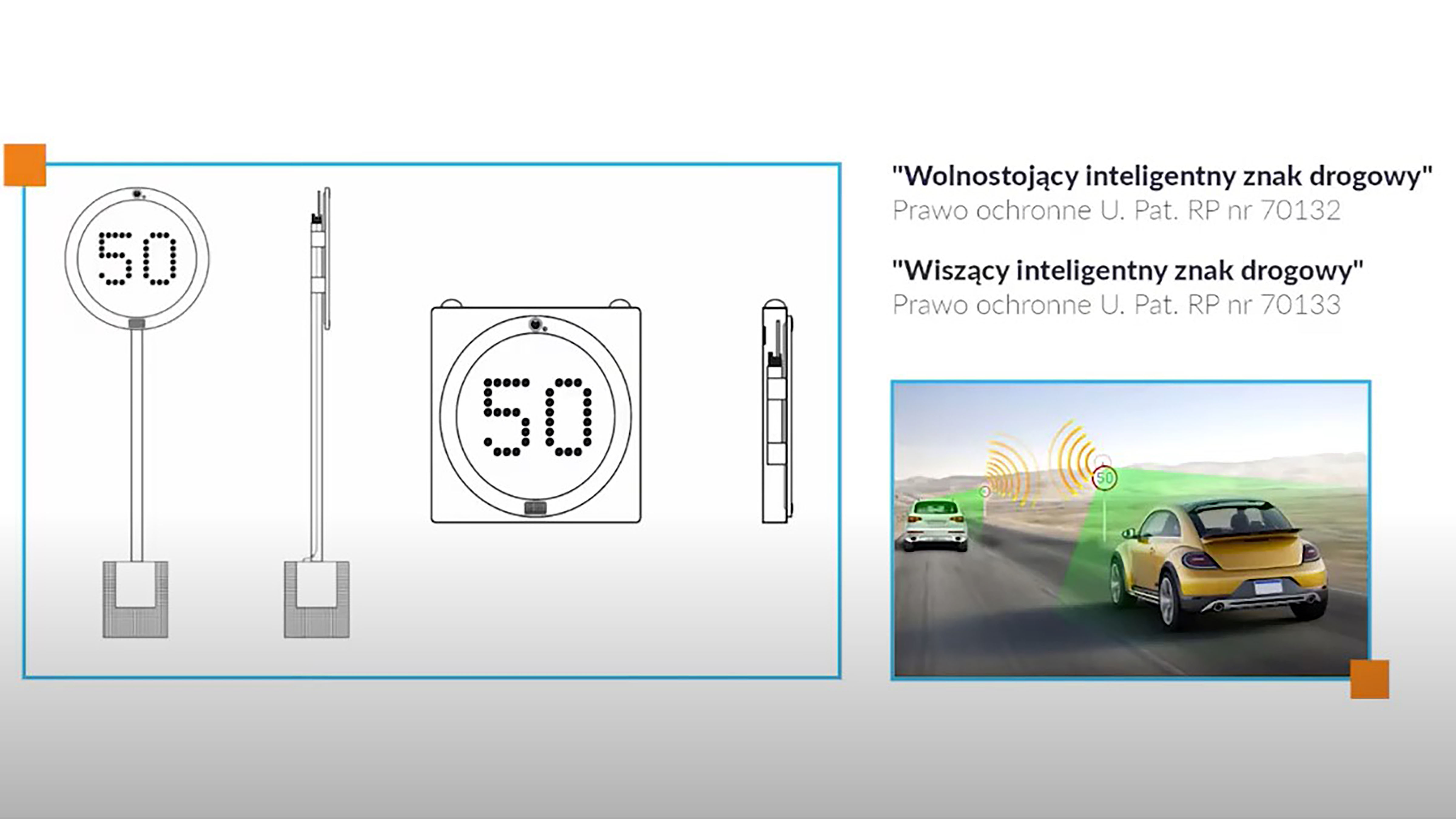MELVILLE, N.Y., December 7, 2020 — Ever get caught up in a pileup or have a near miss with one during bad weather? Researchers in Poland have created smart road signs that use built-in Doppler radar, video, and acoustic radar and weather stations to monitor road traffic and conditions to warn drivers in real-time of hazards and prevent collisions on highways.
During the 179th Meeting of the Acoustical Society of America, which will be held virtually Dec. 7-10, Andrzej Czyzewski, of Gdansk University of Technology, will describe his applied research project to develop autonomous road signs with built-in acoustic radar devices. His session, “Comparing traffic intensity estimates employing passive acoustic Radar and microwave Doppler Radar sensor,” will be held on Dec. 7 at 10:15 a.m. Eastern U.S.
“We can calibrate an acoustic vector sensor so it can be used to measure highway traffic volume and count vehicles by analyzing the noise they emit as they go by,” said Czyzewski. “Our work also allows a comparison of the efficiency of microwave versus acoustic radar methods.”
Signals obtained via Doppler radar can be used as a reference source.
“Although the acoustical vector sensor, the embodiment of acoustic radar, has lower accuracy than Doppler radar at vehicle counting and isn’t able to measure vehicle speed with the same precision, it has key advantages over Doppler sensors,” he said.
The main advantages are that it doesn’t emit any signals and isn’t susceptible to electromagnetic interference like Doppler sensors are. An acoustical vector sensor also makes it possible to analyze audio signals to provide an assessment of road conditions — whether it’s wet or dry.
As part of this project, signs are being designed that can be placed on a mobile stand or hung above the road. They display dynamically updated recommended speeds, which are determined automatically by an electronic module mounted within the road sign.
The signs communicate via V2X technology, which is also known as vehicle-to-everything, a Wi-Fi derivative designed for fast-moving objects that lets Bluetooth-enabled smartphones and cars talk to each other.
This technology was poised to be rolled out earlier this year, “but the pandemic has slowed production,” Czyzewski said.
###
———————– MORE MEETING INFORMATION ———————–
USEFUL LINKS
Main meeting website: https://acousticalsociety.org/overview-ave/
Technical program: https://acousticalsociety.org/technical-program/
Press Room: http://acoustics.org/world-wide-press-room/
WORLDWIDE PRESS ROOM
In the coming weeks, ASA’s Worldwide Press Room will be updated with additional tips on dozens of newsworthy stories and with lay language papers, which are 300-500 word summaries of presentations written by scientists for a general audience and accompanied by photos, audio, and video. You can visit the site during the meeting at http://acoustics.org/world-wide-press-room/.
PRESS REGISTRATION
We will grant free registration to credentialed journalists and professional freelance journalists. If you are a reporter and would like to attend, contact the AIP Media Line at 301-209-3090. For urgent requests, staff at media@aip.org can also help with setting up interviews and obtaining images, sound clips or background information.
VIRTUAL MEDIA BRIEFINGS
Press briefings will be held virtually during the conference. Credentialed media can register in advance by emailing media@aip.org include your full name and affiliation in the message. The official schedule will be announced as soon as it is available and registered attendees will be provided login information via email.
ABOUT THE ACOUSTICAL SOCIETY OF AMERICA
The Acoustical Society of America (ASA) is the premier international scientific society in acoustics devoted to the science and technology of sound. Its 7,000 members worldwide represent a broad spectrum of the study of acoustics. ASA publications include The Journal of the Acoustical Society of America (the world’s leading journal on acoustics), Acoustics Today magazine, books, and standards on acoustics. The society also holds two major scientific meetings each year. For more information about ASA, visit our website at http://www.acousticalsociety.org.
###
